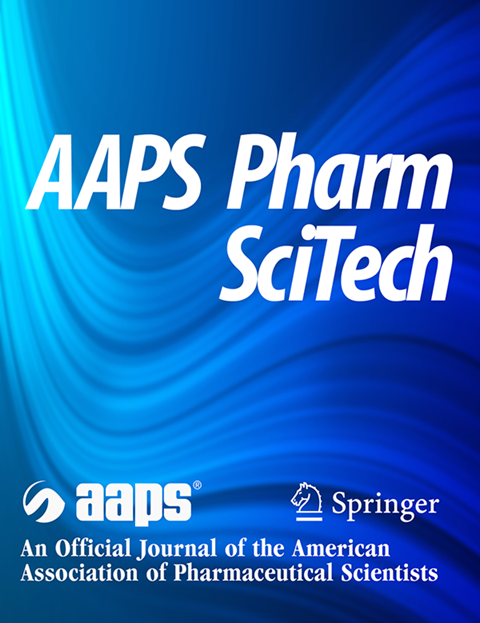Exploration of Conventional and FDM-Mediated 3D Printed Tablets Fabricated Using HME-Based Filaments for pH-Dependent Drug Delivery
Abstract
Hot melt extrusion (HME) helps to improve the solubility of BCS class II and IV molecules. The downstream processing of the resulting filaments was crucial in developing the final dosage form. The present work investigates advantages of combining HME with fused deposition modelling (FDM) 3-Dimensional (3D) printing in delivering the naringenin to the colon to treat inflammatory bowel disease. HME filaments were made using a pH-sensitive polymer hydroxypropyl methylcellulose acetate succinate for the localized delivery of naringenin at the colonic pH. Polyethylene glycol (PEG – 4000) and Aerosil 200 were incorporated as plasticizer and flow modulator respectively, to facilitate the extrusion process. Naringenin was converted to amorphous form as confirmed by differential scanning calorimetry and powder x-ray diffraction. The optimized filament showed 0.03, 11.52 and 77.80% drug release at pH 1.2, 6.8 and 7.4 respectively. The tablets produced with the optimized filament by compression and 3D printing also confirmed the presence of naringenin in amorphous form and demonstrated pH-dependent release followed by zero-order release independent of the concentration. The dissolution profiles of FDM 3D printed (3DP) tablets with varying dimensions and infill densities suggested that both significantly influenced drug release from the tablets without altering the composition of tablets, indicating the potential application of 3D printing technology in developing personalized medicine according to patient requirements. These promising results may be valuable in evaluating the potential of naringenin in animal models, which may further facilitate clinical applications.
Graphical Abstract

 求助内容:
求助内容: 应助结果提醒方式:
应助结果提醒方式:


